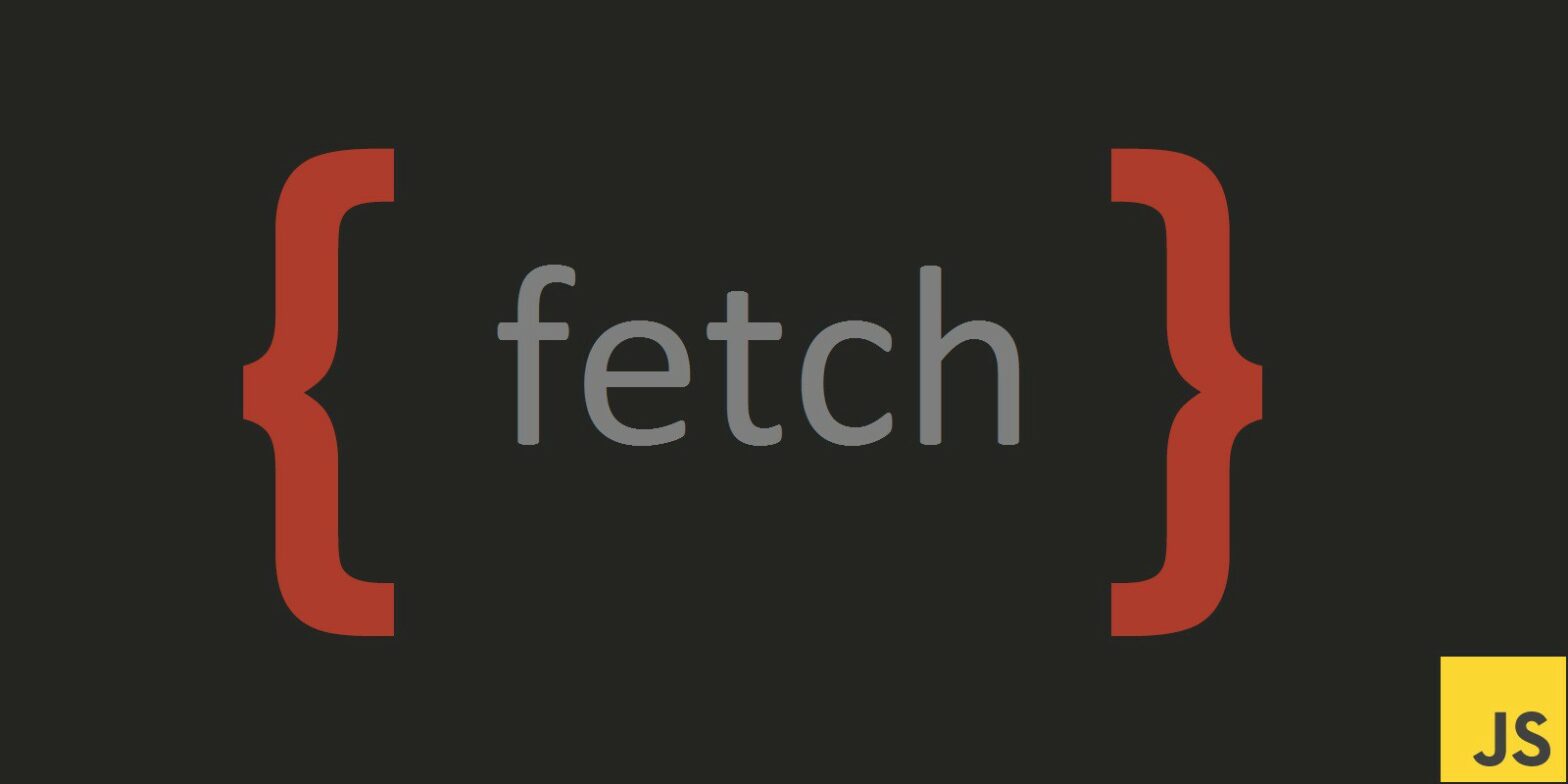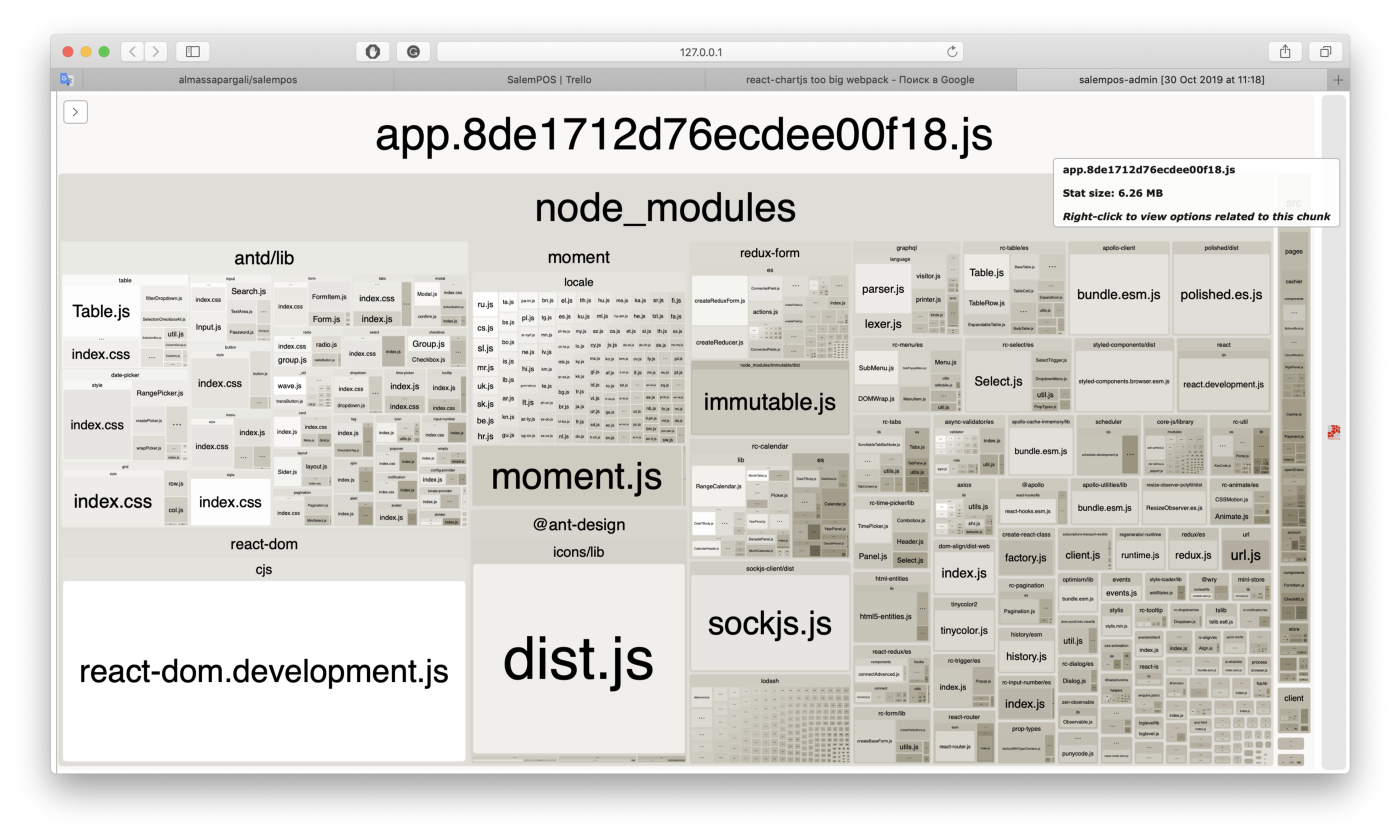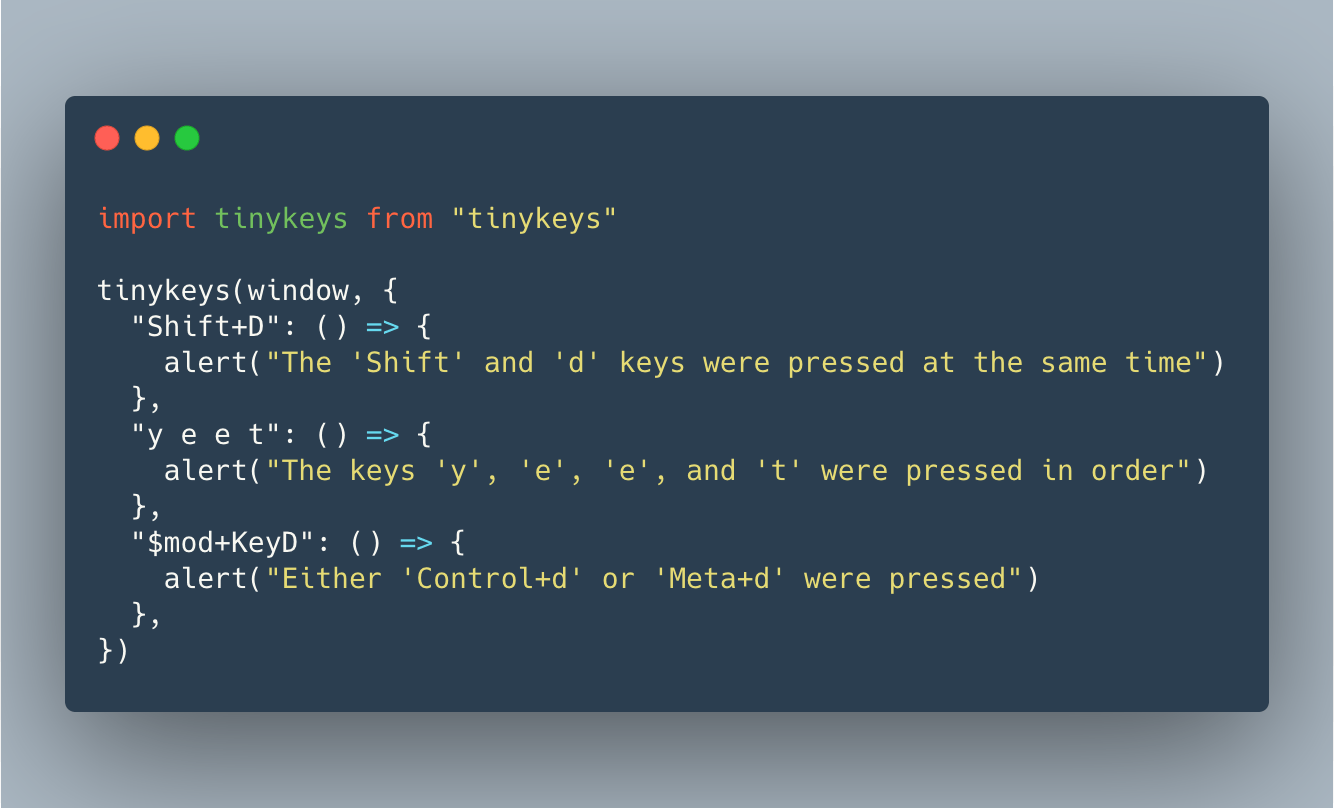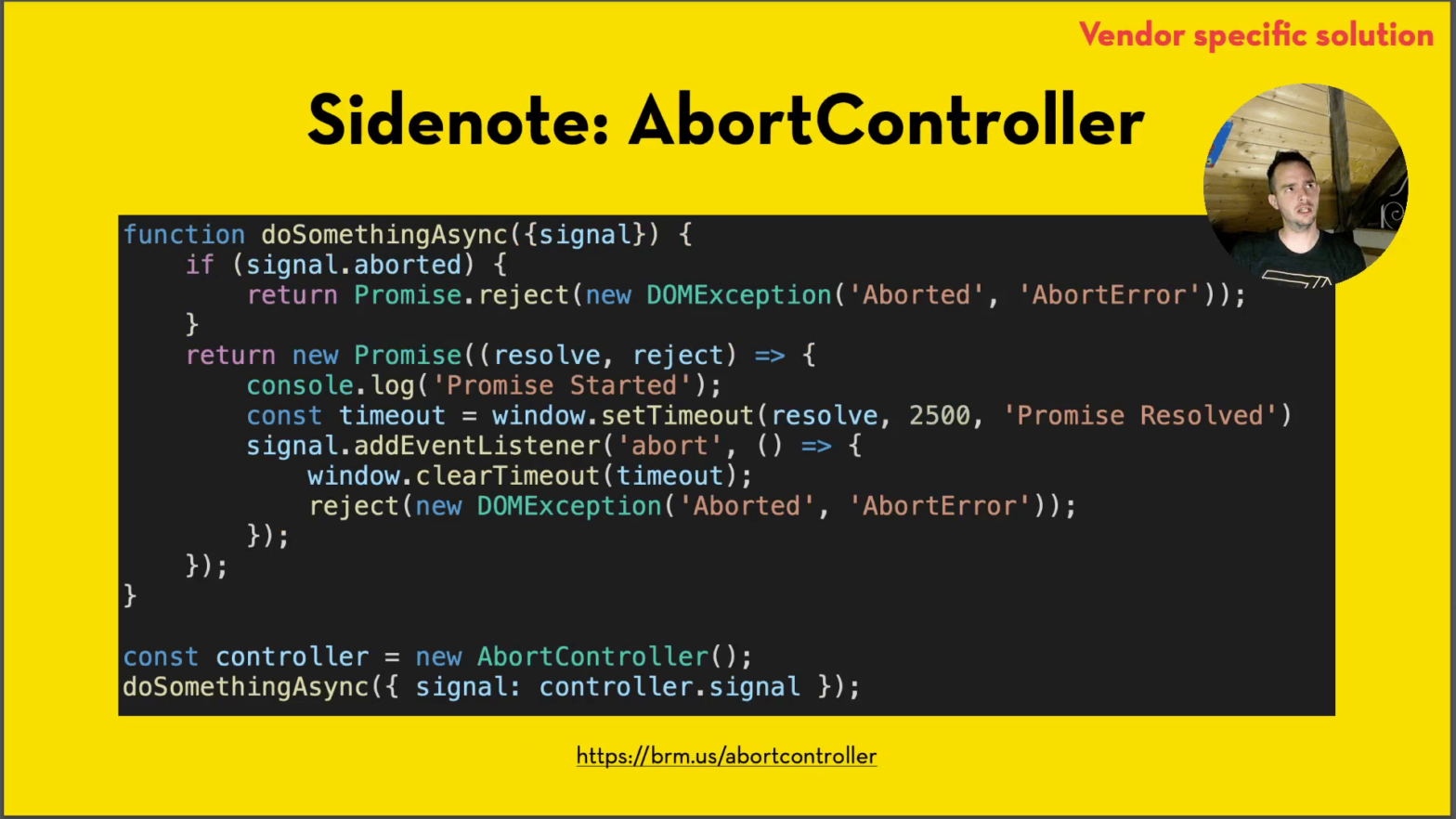
Sanjeet Chatterjee built this nice demo where your smartphone can act as a virtual pointer for a webpage. With a fundamental shift to the web, we are able to do really cool things right from our browser. In this tutorial, we will be utilising the Generic Sensor API to turn your smartphone into a pointer …
Continue reading “Use your Smartphone to move a pointer on a remote page with JavaScript”








